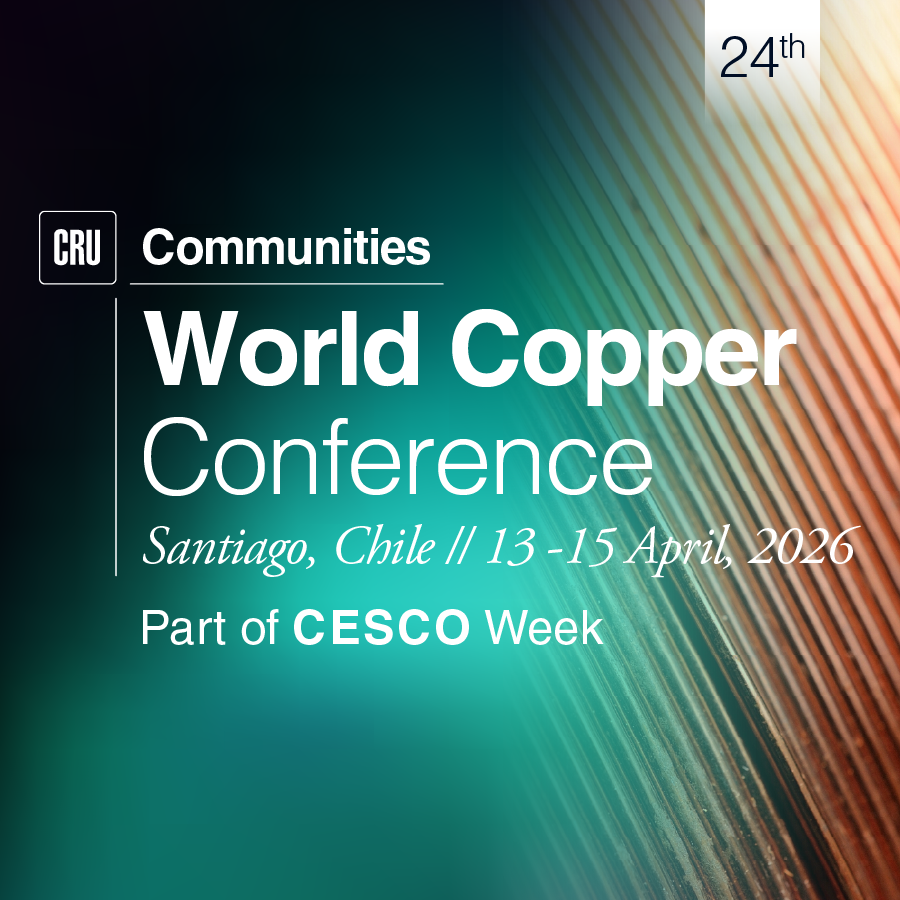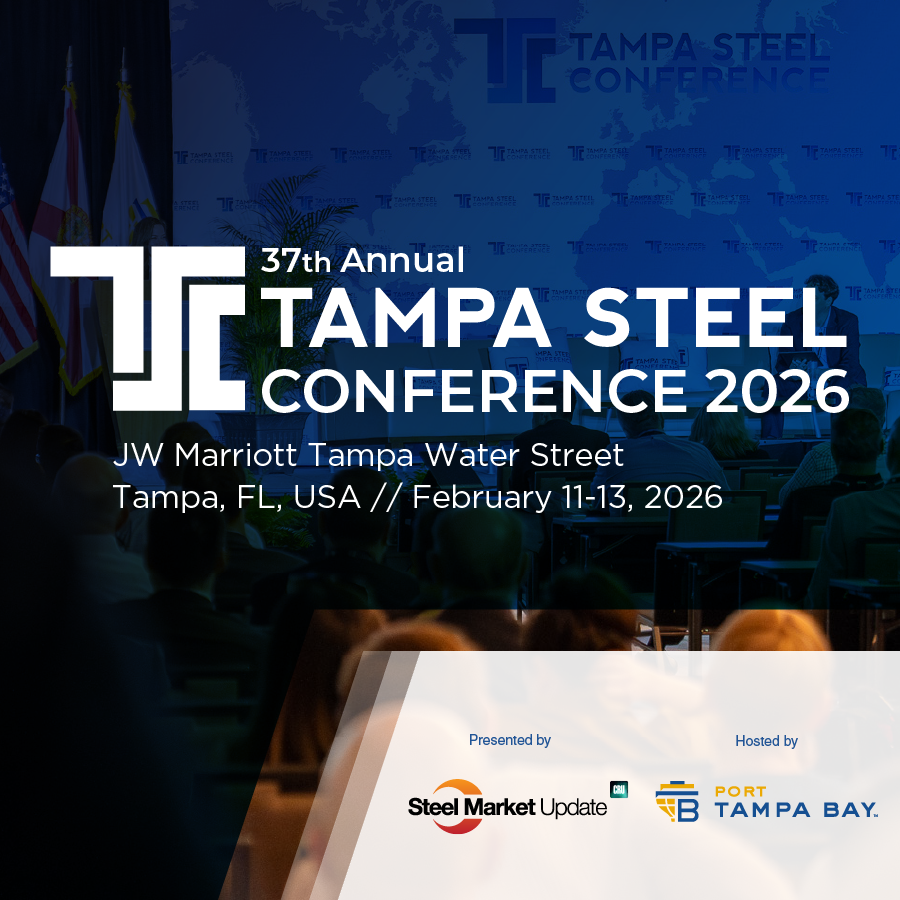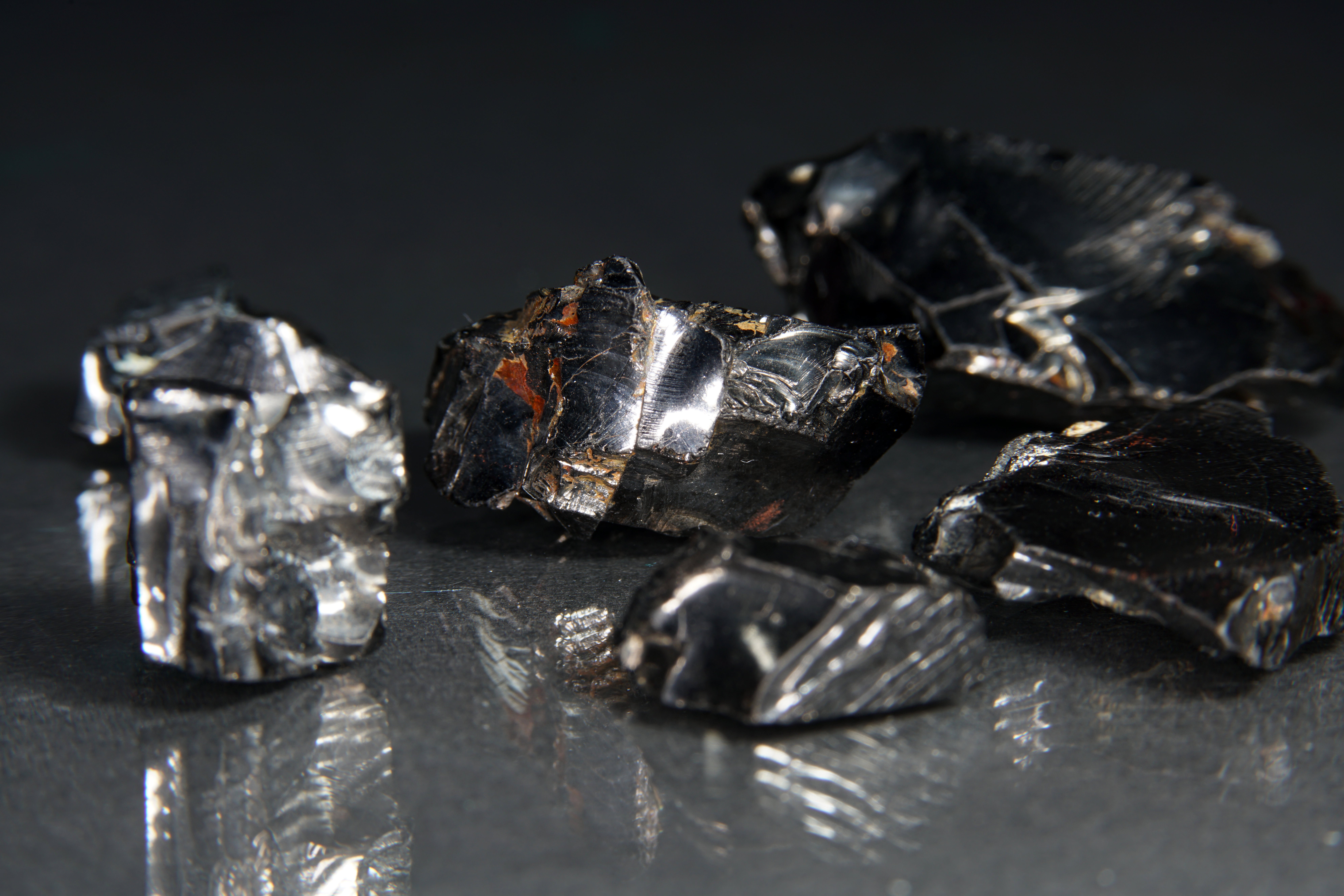CRU attended and presented at last month’s Symposium Mines Guinee event in Guinea. The general tone at Africa’s second largest mining convention was one of optimism surrounding increasing output, of a stable legislative governmental framework, and of increasing the socio-economic benefits for Guinea. The biggest topic was the Simandou iron ore project, the world’s largest known and untapped orebody, while the incredible expansion of the booming bauxite industry over the past few years was also prominent.
Bauxite miners were confident of maintaining current record levels of output and increasing production. Based on industry feedback, emerging mining projects, such as the Bon Ami project by Dynamic Mining, were partially delayed due to the change of regime last year but are now on track to commence operations over the next years. Increased demand for Guinean bauxite will be dominantly driven by the rapid expansion of Chinese alumina refinery industry. However, there is also interest by Middle Eastern and Russian companies to source additional bauxite from Guinea.
Representatives of the transitional government around President Mamady Doumbouya stressed their aims to provide a stable environment for miners to allow for future growth. They stated that, to provide stability, the mining legislation was kept unchanged since the new regime took control last year. Nonetheless, the introduction of a bauxite reference price has been suggested. This has been described as a response to what Yakouba Kourouma, of the Ministry of Mines and Geology, referred to as exceedingly low bauxite transaction prices resulting in lower-than-expected tax revenues. The legislation would require an official statement by miners should the raw material be sold at a level over $1 /t less than the reference price.
While getting the Simandou iron ore project into operation is clearly the poster child of the transitional government, it also stressed the importance of developing new alumina refineries in the country. Previously, bauxite miners in Guinea had to provide initial plans for potential refinery developments. According to the ministry of Mines and Geology, these ranged from 1 Mt/y to 6.3 Mt/y projects at an estimated total capex of $1bn to $4bn. Government officials were confident that a new refinery could be put into operation in the next 2-5 years.
In CRU’s view the difficulties in Guinea that have so far prevented refinery developments apart from UC Rusal’s ageing Friguia refinery persist and are unlikely to be solved in the near-term. Plans for the development of refineries appear to be at an early stage in most cases. Currently, a key hindrance is the accessibility of energy, ideally with a low CO2 footprint. Plans for LNG terminals in the country were presented but appear to be in their infancy stages.
Karifa Conde at Compagnie des bauxites de Guinée (CBG) further outlined that the company already had plans for a potential refinery before the regime change but that they would only go ahead if issues around the power supply, infrastructure and ESG topics were to improve.
Karifa Conde at Compagnie des bauxites de Guinée (CBG) further outlined that the company already had plans for a potential refinery before the regime change but that they would only go ahead if issues around the power supply, infrastructure and ESG topics were to improve. Among the attendees there was also scepticism about a big investment decision for a refinery to be made with the risk of a potential political shift looming after elections anticipated to take place in two years.

















